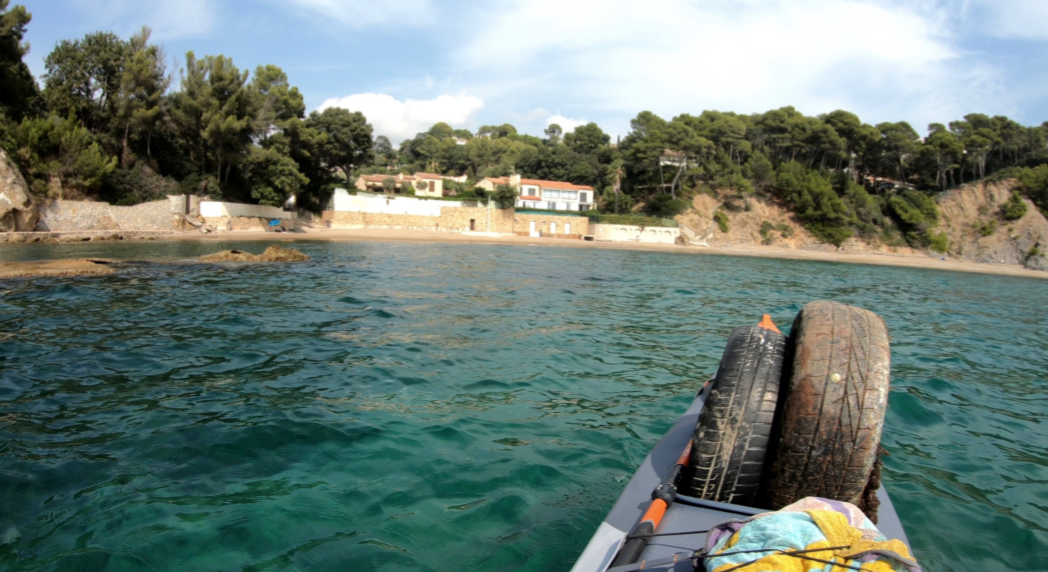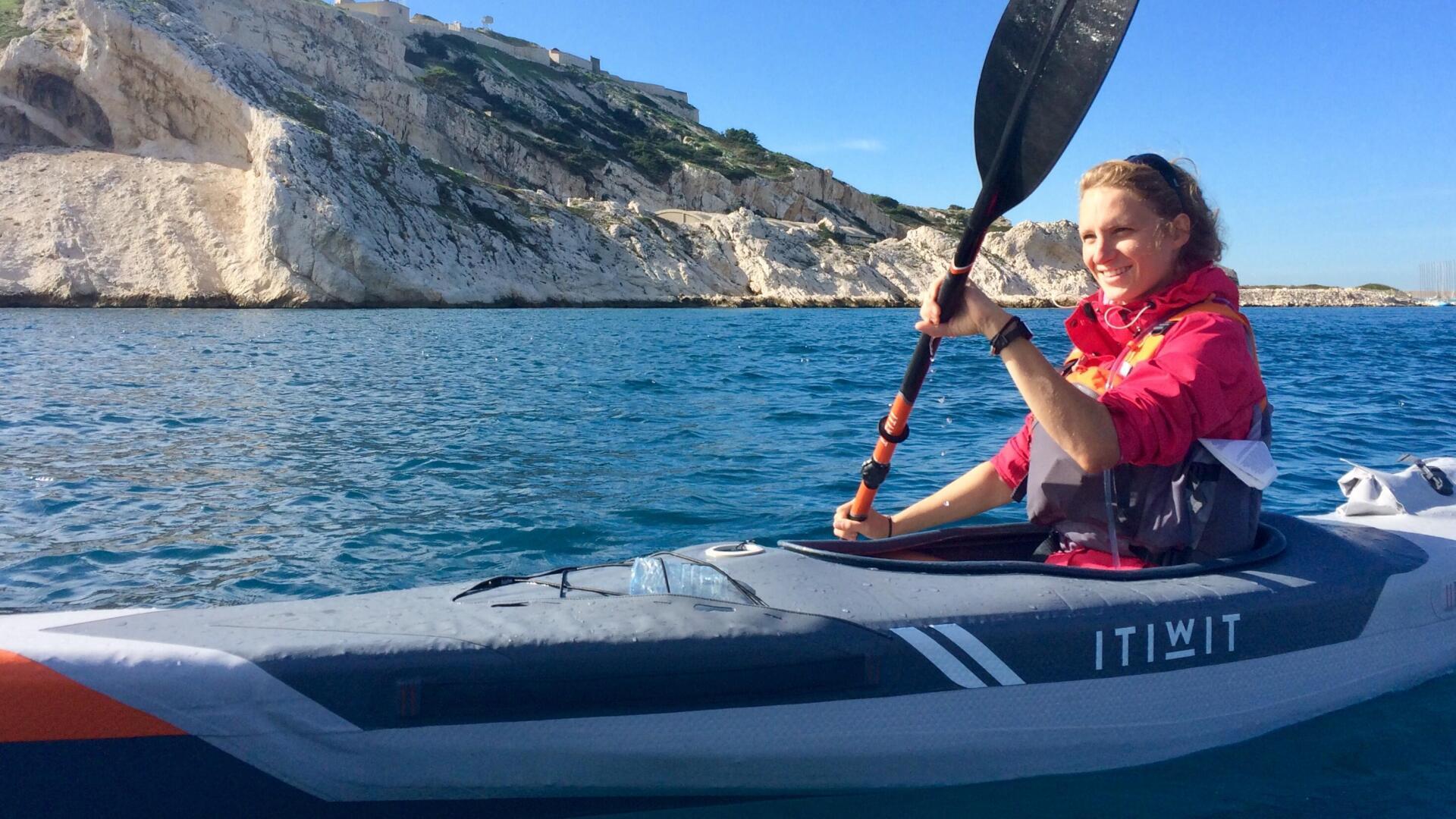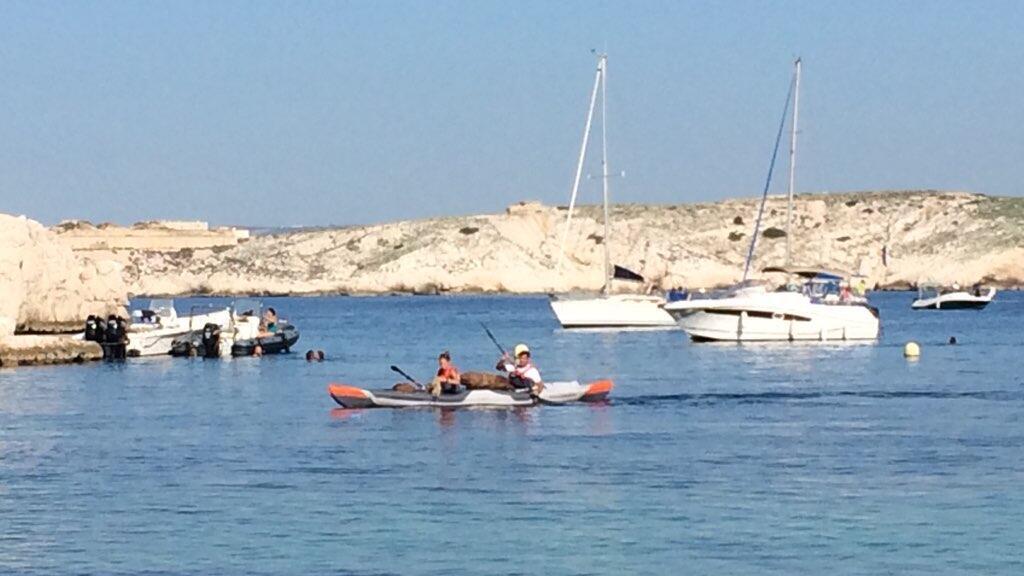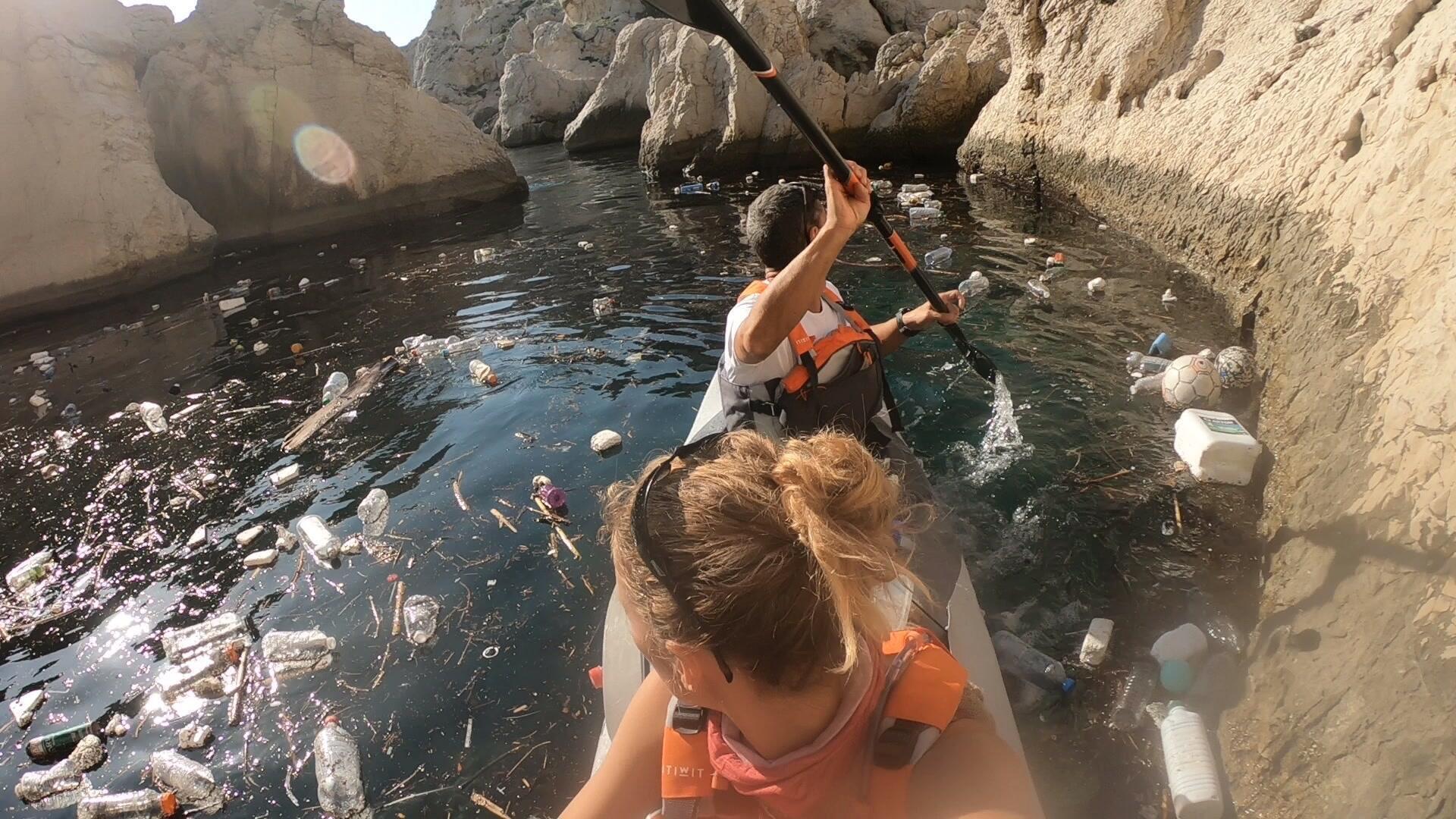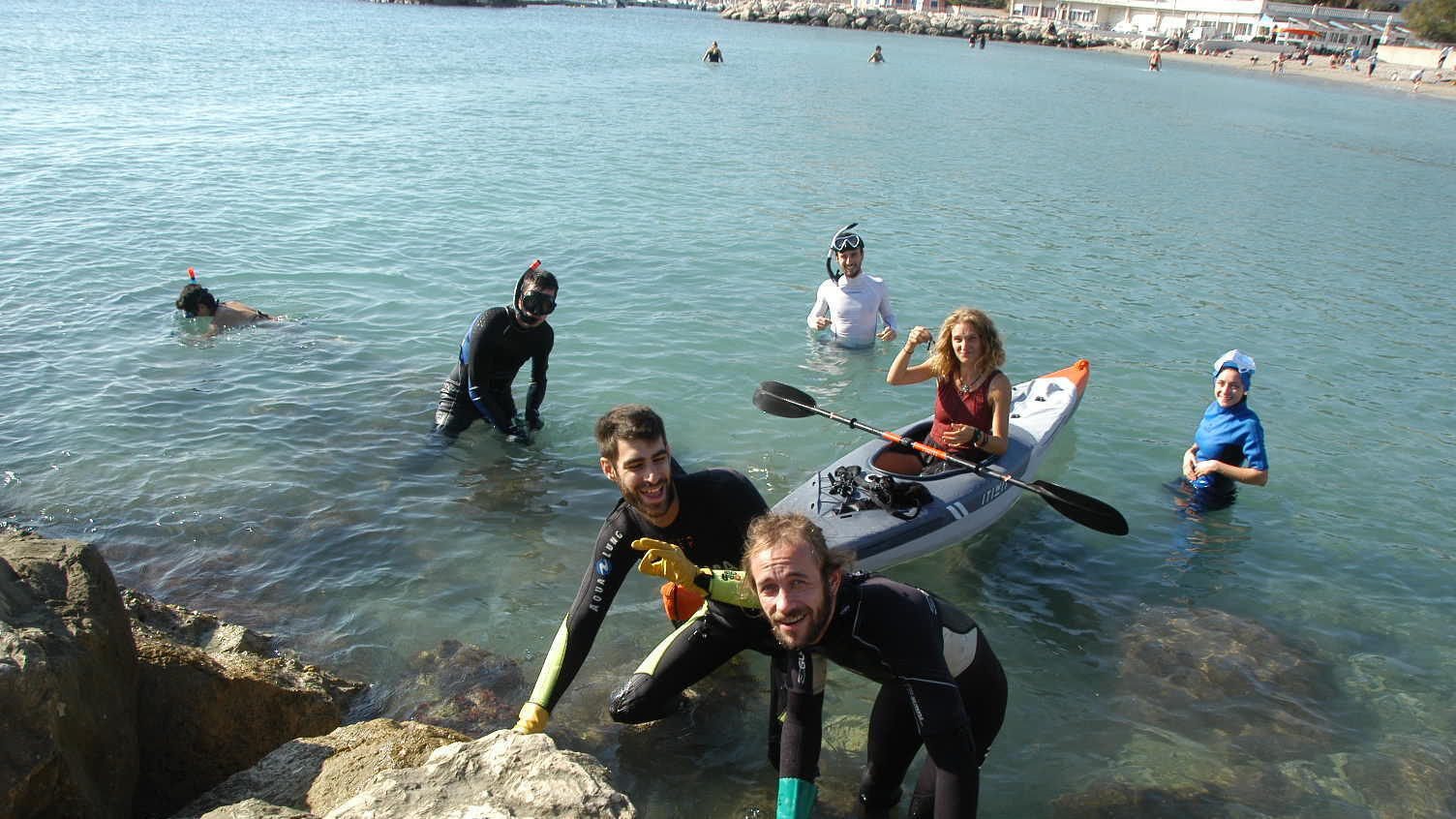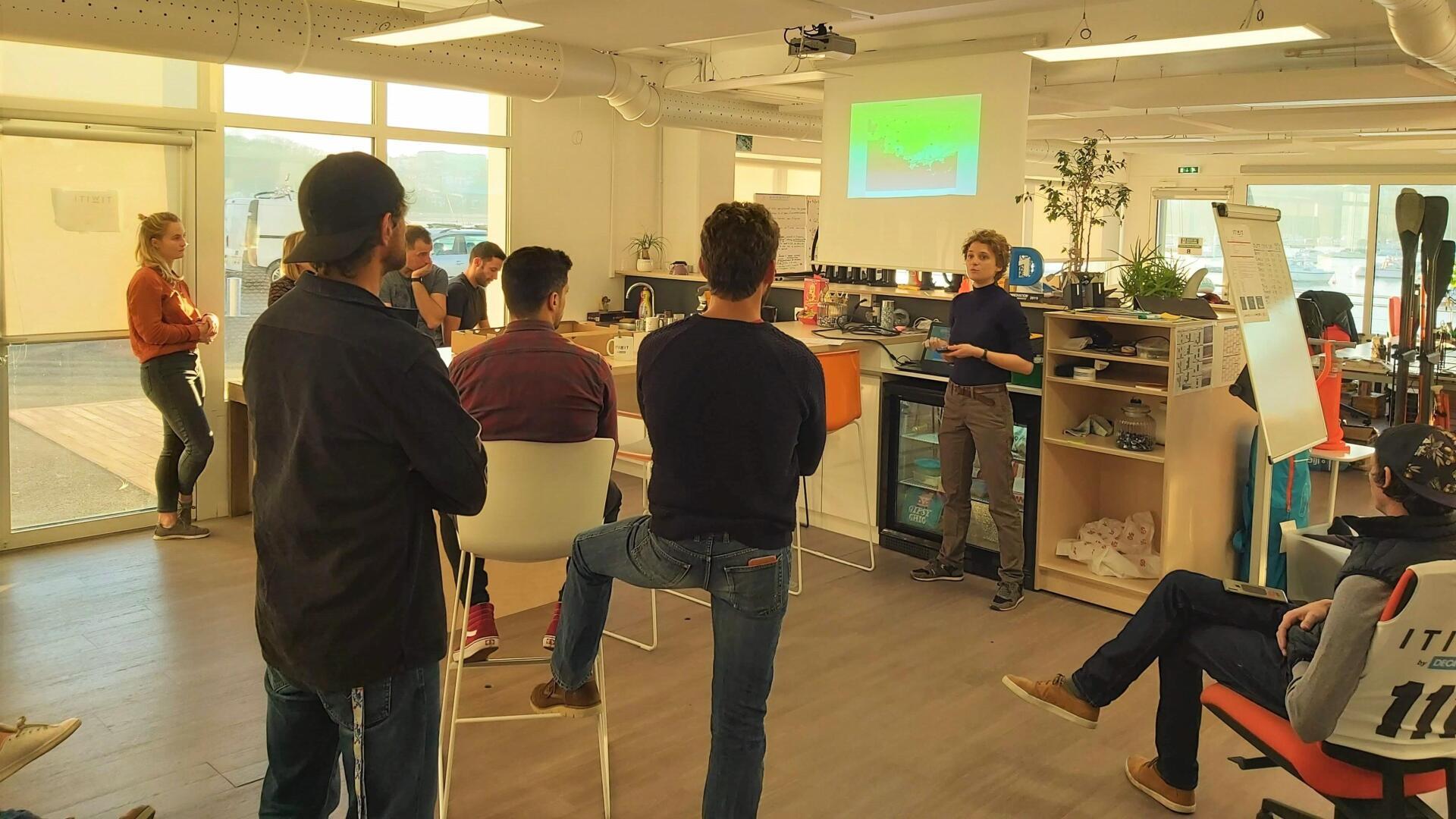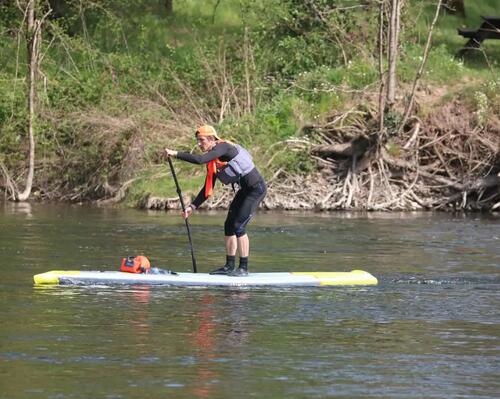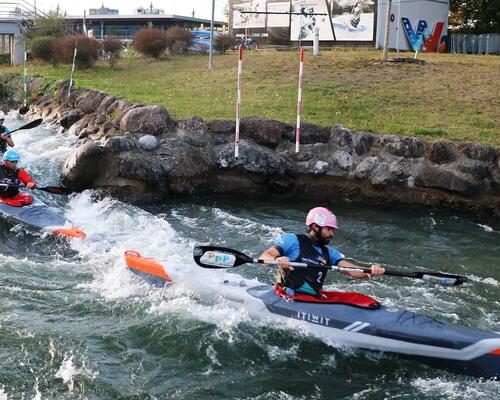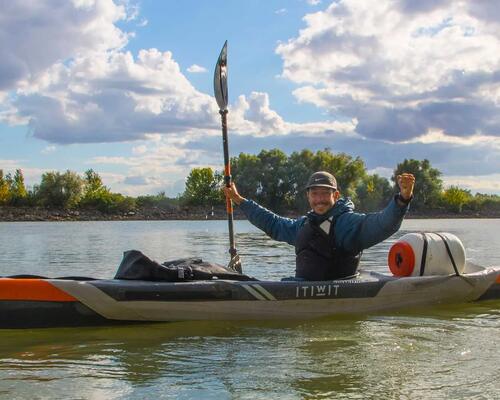#1: The origin of the project
"In March 2019, I was working as an usher at the Avignon travel film festival. I was in charge of seating the audience in the cinema to watch the film « Le Grand Saphir, une révolte ordinaire » by Jérémie Stadler. I was not on the selection committee that year, so I was about to see the film for the first time, along with the audience. The film was a real eye-opener. By the end, I was bowled over. The film depicts several citizens' initiatives that consist of collecting waste to protect the environment. The portraits of these committed whistle-blowers were filmed at the personal initiative of Emmanuel Laurin - The Grand Saphir - who combines sporting exploits with environmental protection. Emmanuel spent almost two weeks swimming 120 km along the coastline collecting macro-waste in an effort to raise the general public's awareness of the critical state of pollution in the Mediterranean. "Le Grand Saphir" depicts a society that nurtures a paradox: being guilty of what is happening and acting responsibly at the same time. So, I decided to set off on my very own ecological adventure. But where do I even start? I did not know the Mediterranean very well, and I had never taken to the high seas... I had to learn how to read sea charts and the maritime codes, how to navigate and to identify the local NGOs that promote ecological values, while staying safe for the two months I spent diving, kayaking and exploring the shore.



